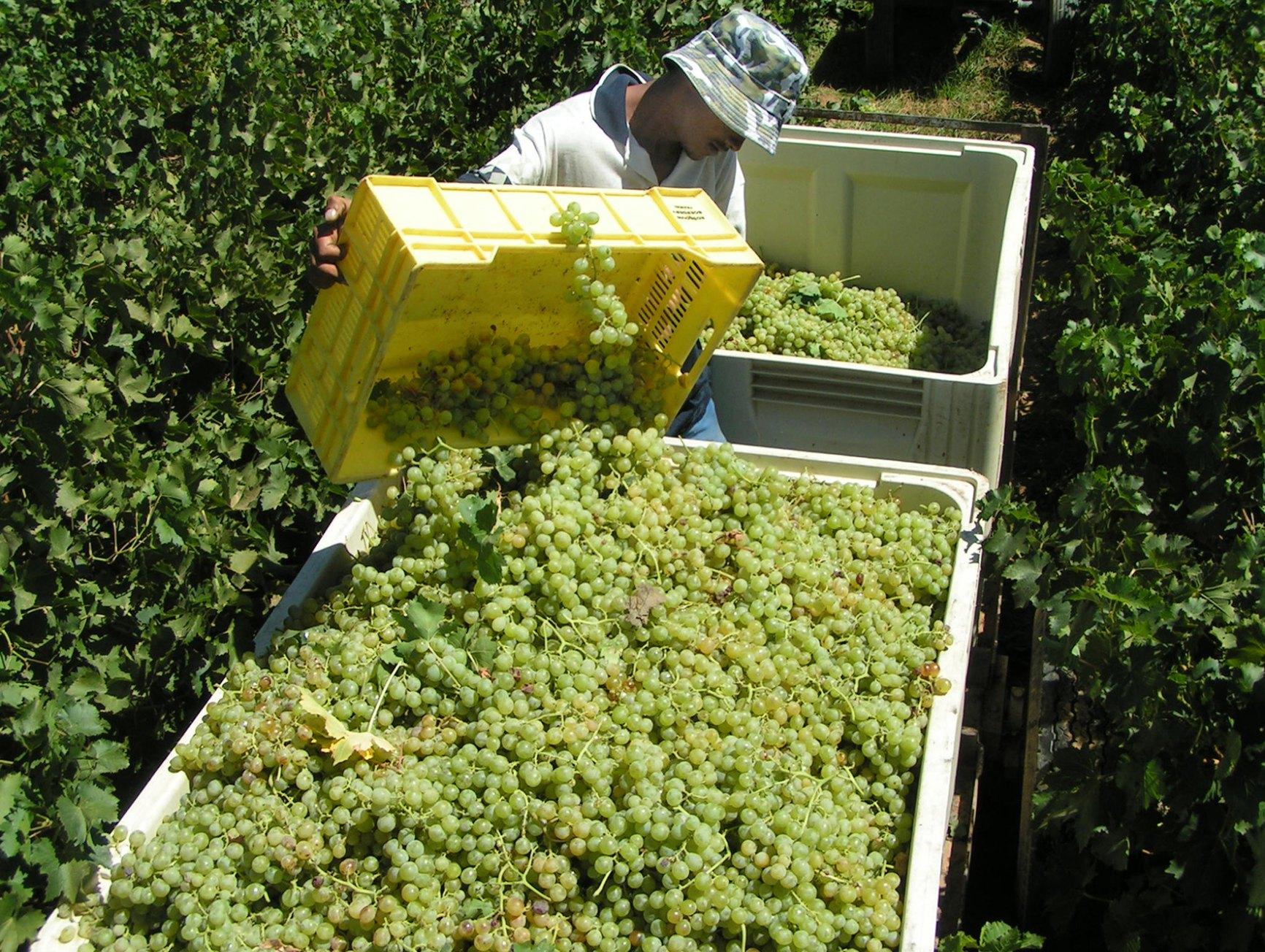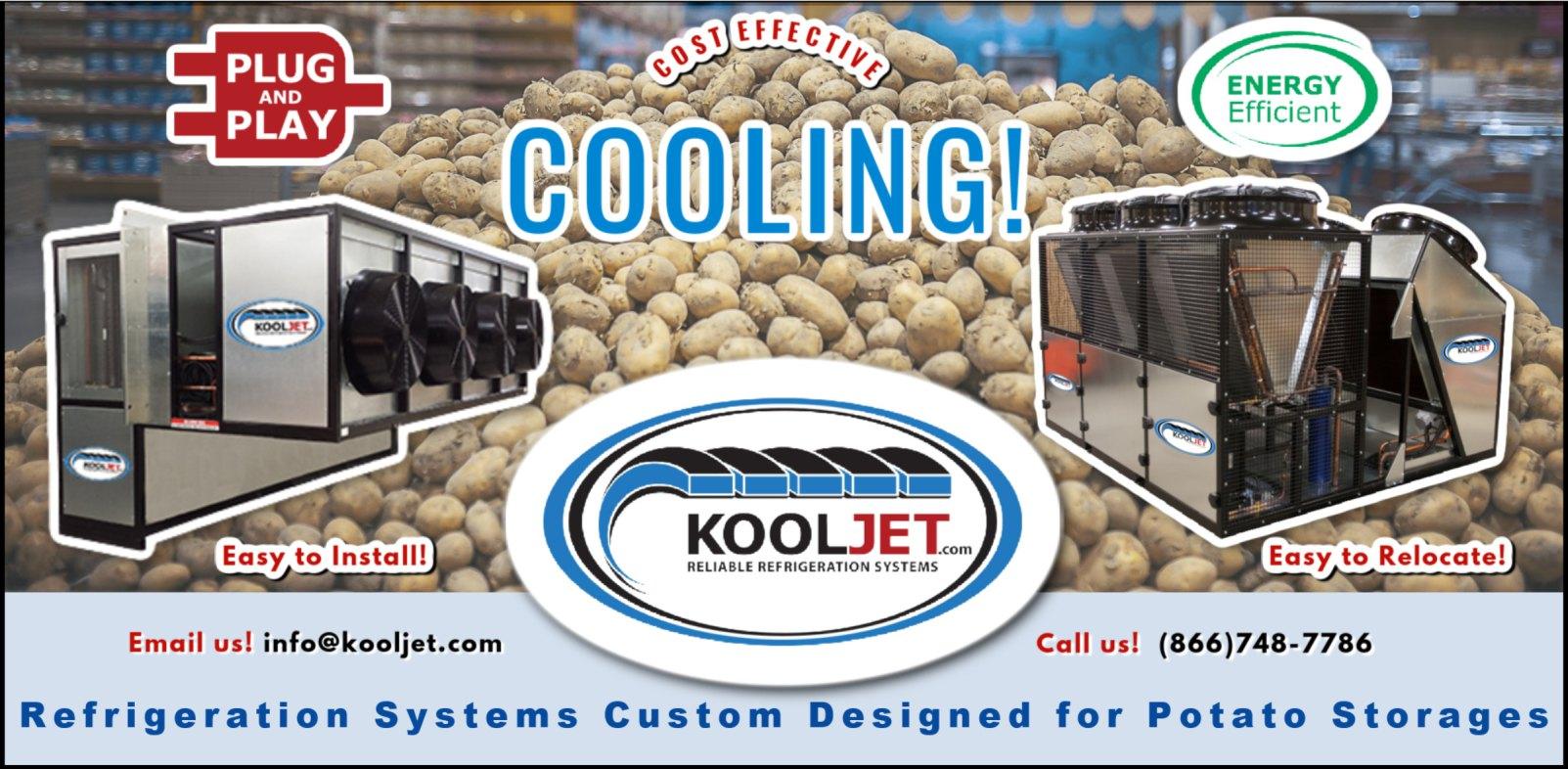
3 minute read
Packaging Solutions for Agricultural Produce
The largest losses from farm to plate are aributed to poor handling, distribuon, storage, and purchase/ consumpon behavior. Huge resources that could otherwise be spent on more producve acvies go into producing and transporng goods that only go to waste. Losses at almost every stage of the food chain may be reduced by using appropriate packaging.
The food packaging industry sector of developing countries derives its strength from the large volume of agricultural producon, the steady growth in food commodies and the connually increasing food demand fuelled by rising incomes
Advertisement
Packaging is an essenal part of a long-term incremental development process to reduce losses, that will have to employ a blend of technologies and processes .The global food packaging industry has a lot to contribute not only in addressing food losses but also in ensuring food safety as well as enhancing global food trade, which is a key to www.africaagricultureinsight.com economic development of varying economies.
As for the type of end product, packaging manufacturing has globally the greatest share of the total industry (81%), followed by the packaging service (14%) then by packaging machinery (5%).
Packaging machinery is equipment for uses such as canning; container cleaning, filling, and forming; bagging, packing, unpacking, boling, sealing and placing of lid; inspecon and check weighing; wrapping, shrink film and heat sealing; case forming, labelling and encoding; pallezing and depallezing, and related uses.
The trend to consume more creates a demand that drives producers to offer products in ready-to-go and prolonged shelf-life packages to induce volume purchase. Meal preparaon takes me and with the advent of double income households, where women are also preoccupied with acvies outside of the home or men are expected to share in food preparaon chores, food that comes in easy-toopen and resealable packages is extremely popular If there is an industry sector that is equally, if not more dynamic than the food sector, it is none other than the packaging industry. It is undergoing transformaon almost every day with new technologies, beer than before, taking the place of old ones (Packaging Trend-The Future Outlook, 2010). In today's high-tech world, an increasing number of companies are seeking to upgrade their products and systems using smart soluons.
Sustainable Packaging Soluons
Past innovaons have led to posive changes not only in the packaging materials and technology, but also in culture. Today's manufacturers seek packaging opons that not only offer the necessary protecon to ensure that the product arrives at its final desnaon intact, but that also provides a cost-effecve soluon that has minimal impact on the environment.
Their packaging soluons focus on Opmized materials usage,Reduced energy use, Reduced shipping weights, Increased use of recyclable materials and Increased product life and less spoilage.

There are some food packaging materials that protect the flavor and quality while helping reduce packaging waste and spoilage.
Mpact: Packaging for profit
Returnable Transit Packaging revoluonizes the supply chain.
One of the biggest packaging influences over the last decade has been the impact of Returnable Transit Packaging (RTP) within the fresh produce industry. Led by Atlans-based Mpact Plasc Containers, with a sister plant in Brits, these polypropylene bins, crates and boxes can offer greater durability, beer hygiene, less maintenance, improved product protecon, opmal cooling condions and beer long-term logiscal performance than their wooden or carton cousins.
These long lasng and environmentally friendly crates stack efficiently to maximize outward load capacity and then nest for the return journey to minimize space.
But RTP also brings another element to the retail stable, appearance! These sturdy, bright, aracve products operate from farm to shop floor, eliminang the need for repacking in the retail space. This reduces product damage and me spent. When empty, they can simply be shipped back to their point of origin for cleaning and the enre cycle starts again!
Jumbo Bins
One of Mpact Plasc Containers most successful products has been the Jumbo Bin, which has made steady inroads into the South African agricultural market over the past 10 years and is considered by many to be the world's best quality bulk bin. This economical, high quality product offers the following advantages: Smooth interior surfaces reduce waste and downgrades;Superior inbuilt venlaon reduces cooling me and saves energy; Clean, non-porous surfaces; Eliminates HACCP problems associated with wood; Weighs 45% less than wooden bins for quicker, safer handling and stacking, Posive interlocking foot design for quicker, safer handling and stacking; Can be stacked up to eight units high; Compable with most bin handling equipment; One-piece moulding eliminates maintenance and there are Various sizes in offer
Mpact Plasc Containers also offers a range of other products including drying racks, Agrilug, stack crates, chicken coops, Supanest, Stack/Nest and prop trays. These are available throughout South Africa and are manufactured with local condions in mind. The company has a passion by innovaon and has an established track record in the development of game-changing products that are seen as benchmarks in the industry www.africaagricultureinsight.com
In line with Mpact Plasc Containers commitment to environmental responsibility, both producon facilies are ISO14001 and ISO 9001 accredited and there is a close liaison with the Mpact Recycling Division, which recycles bulk paper and plascs.










